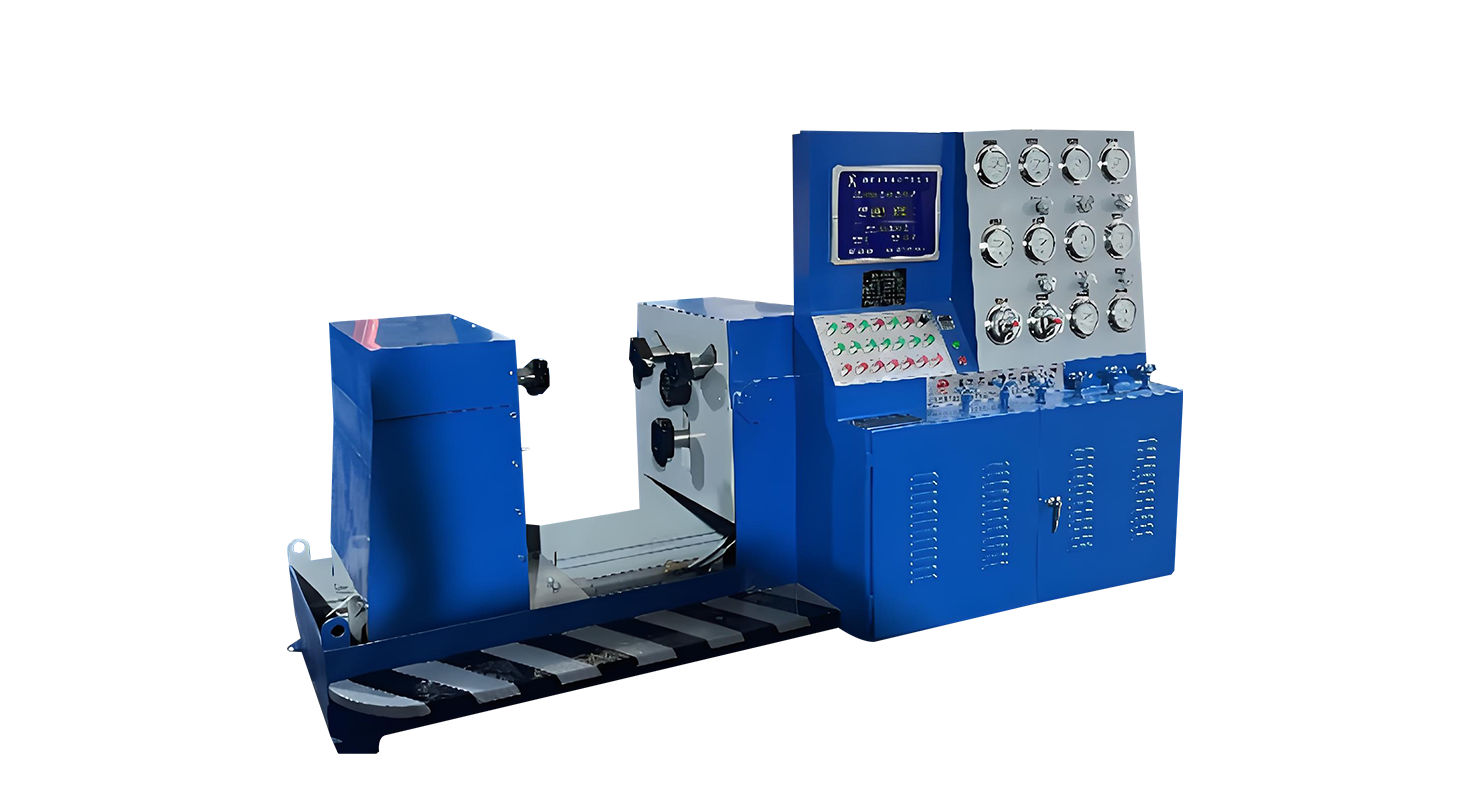Jun 25, 2025
Valve test machines play a critical role in ensuring the reliability and safety of valves used in various industrial applications. Among these devices, the Valve Torque Test Machine and Valve Performance Tester are essential tools for assessing valve operation and performance under different conditions. However, like any complex equipment, these machines may encounter operational issues that affect testing accuracy or cause downtime. Understanding common problems and how to troubleshoot them can help maintain consistent testing results and extend the equipment’s service life.

Common Problems in Valve Test Machines
One of the frequent issues observed in valve test machines is inaccurate torque readings during valve torque testing. The Valve Torque Test Machine measures the torque required to open or close a valve, which is vital for ensuring the valve operates within specified limits. If torque values are inconsistent or deviate, this could be due to sensor misalignment, calibration drift, or mechanical wear within the machine components.
Another issue can arise in the Valve Performance Tester, which evaluates valve response, leakage, and pressure resistance. Faulty pressure sensors, leaking seals, or control system malfunctions may cause incorrect performance data. Additionally, if the software controlling the test sequence is outdated or contains bugs, test results may not reflect the true valve condition.
Troubleshooting Torque Measurement Errors
When torque readings from the Valve Torque Test Machine appear unreliable, the one step is to verify sensor calibration. Over time, sensors can lose accuracy and require recalibration against known standards. Follow the manufacturer’s calibration procedure or consult qualified technicians to perform this task. It is also important to check for any physical damage or debris that might interfere with sensor operation.
Mechanical issues such as worn-out bearings, loose connections, or damaged torque arms can also affect measurements. Inspect all moving parts for wear and ensure connections are secure. Lubricate components as necessary to reduce friction that might skew torque readings.
Addressing Valve Performance Tester Malfunctions
If the Valve Performance Tester generates inconsistent data, start by examining the pressure sensors and sealing elements. Pressure sensors may drift or fail, pilot to inaccurate pressure measurements. Regular sensor testing and replacement help maintain data accuracy.
Leaking seals within the testing chamber or piping can result in pressure loss, affecting valve leakage and pressure resistance testing. Inspect seals for cracks or wear and replace them if needed. Confirm that all hose connections and fittings are tight and free from damage.
Software issues also warrant attention. Ensure that the control software is regularly updated to the latest stable version. Run diagnostic tests to detect any programming errors or communication failures between the software and hardware components.
General Maintenance Practices
Routine maintenance is vital for the reliable operation of any valve test machine. Establish a maintenance schedule that includes cleaning, inspection, lubrication, and calibration. Keep a detailed log of maintenance activities to track recurring problems or wear patterns.
Operators should receive proper training on machine use and troubleshooting techniques. Incorrect handling or improper test setups can advance to faulty results or damage to the equipment.
When to Seek Professional Support
While many common issues can be addressed through preventive maintenance and basic troubleshooting, some problems may require professional intervention. Complex electrical faults, major mechanical repairs, or software malfunctions beyond routine updates are ideally handled by trained service technicians. Regular servicing by qualified personnel can also help identify potential problems before they escalate.
Valve test machines, such as the Valve Torque Test Machine and Valve Performance Tester are indispensable in verifying valve quality and performance. Being proactive in troubleshooting common issues can reduce downtime and improve the reliability of valve testing processes. By regularly calibrating sensors, inspecting mechanical components, maintaining seals, and updating software, users can help ensure accurate and consistent test results. Proper training and scheduled maintenance further support smooth operation and longevity of valve test equipment in demanding industrial environments.